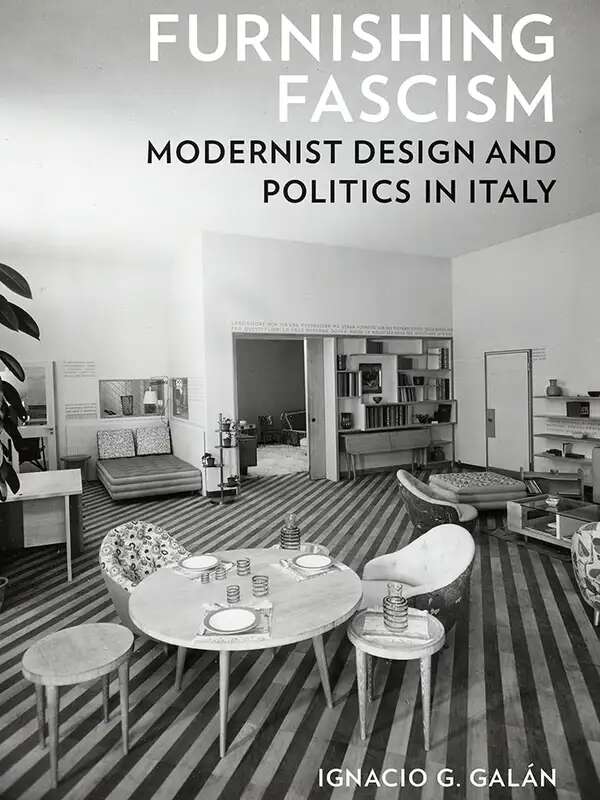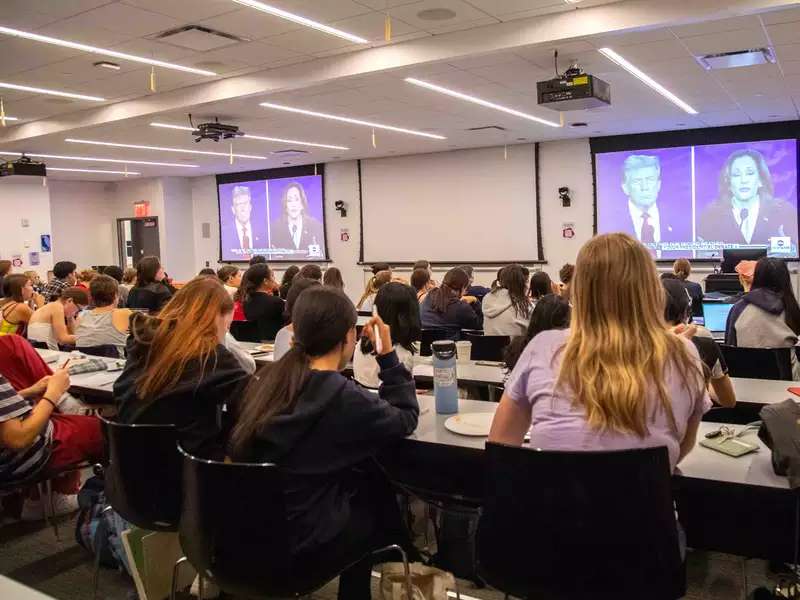In his first presentation kicking off a series of lectures on the history of Barnard, “Location, Location, Location: Barnard’s Belated Embrace of Its Urban Identity” (February 21, 6 p.m. in Sulzberger Parlor, Barnard Hall), Professor of History and Janet H. Robb Chair in the Social Sciences Robert McCaughey discusses the significance of the College's setting. He also reveals that the College resisted its city identity for much of its first six decades, illustrating how the times have changed. A Barnard professor since 1969, Prof. McCaughey is the author of seven history books, including Stand, Columbia: A History of Columbia University in the City of New York, 1754-2004. His research has been supported by the New-York Historical Society, the National Endowment for the Humanities, and the Guggenheim Foundation. Prof. McCaughey’s lecture series offers a preview of his forthcoming book on Barnard’s past and present.
 Your lecture poses the question: Barnard has always been “in the City of New York,” but has it always been “of the City of New York”? What has your research shown?
Your lecture poses the question: Barnard has always been “in the City of New York,” but has it always been “of the City of New York”? What has your research shown?
Into the 1940s, Barnard remained skittish about too closely identifying with New York City. The concern was with frightening off the daughters of wealthy families who were the mainstay of the “country” Sisters [Seven Sisters; other women-only colleges]. Some Barnard officials worried that the College was attracting too many first- and second-generation immigrants from the City’s public high schools. Barnard had sought to be the women’s college of the comfortably “arrived,” but as board chairman Silas Brown Brownell said in 1914, instead the College was educating New York’s “deserving and aspiring crowds.”
Why was it only in the last four decades that the College moved away from a country identity to embracing an urban one?
There were several reasons: A rejection of anti-Semitism, which made earlier discriminatory practices unacceptable and illegal; a belated but serious effort to recruit students of color, which extended an earlier openness to class and religious differences to racial difference; Barnard’s leadership becoming more welcoming of the City’s “best and brightest”; its faculty becoming more reflective of the wider society; a string of enlightened admission directors who recognized there was a national clientele attracted to Barnard for the New York characteristics that are different from those found at Ivies and other Sisters; and administrative leadership from Presidents Millicent Carey McIntosh, Ellen Futter ’71, and Judith Shapiro, Ph.D. ’70 GSAS.
How did this identity shift help the College, the surrounding community, and students?
It gave the College a distinctive identity that was no longer that of a [Seven] Sister wannabe. The construction of Sulzberger Hall in 1988 made it possible for city-dwelling applicants to be eligible for on-campus housing.
What are some facts you'll share during the lecture that will surprise most?
For the lecture, I’ll share new takes on founder Annie Nathan Meyer’s aspirations for “her” college, new insights on former Dean of the College Virginia Gildersleeve, Class of 1899, as a New Yorker, as well as insights on changes in the social composition of the Board of Trustees.
What was the most challenging or rewarding aspect about distilling research from a book on Barnard into a lecture for Barnard?
The prospect of sharing some of the good news about Barnard’s evolution in a more conversational format with an audience interested in all things Barnard and doing so when there’s still time to get matters straight is challenging but also very rewarding.
Prof. McCaughey will present Goodbye, Ms. Chips: From Teacher-Scholar to Scholar-Teacher, his follow-up lecture focused on Barnard faculty, on Monday, March 27 at 6 p.m. in Sulzberger Parlor, Barnard Hall.
Today, Barnard boasts its NYC location. Watch a recent piece on the College’s place in the Big Apple: Living and Studying in The City That Never Sleeps.



